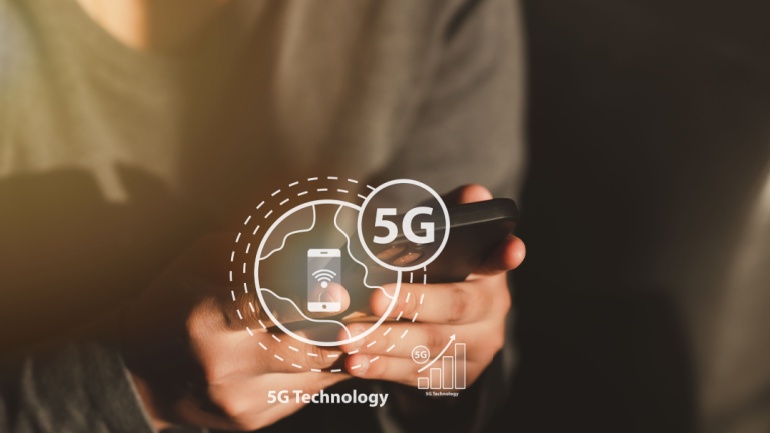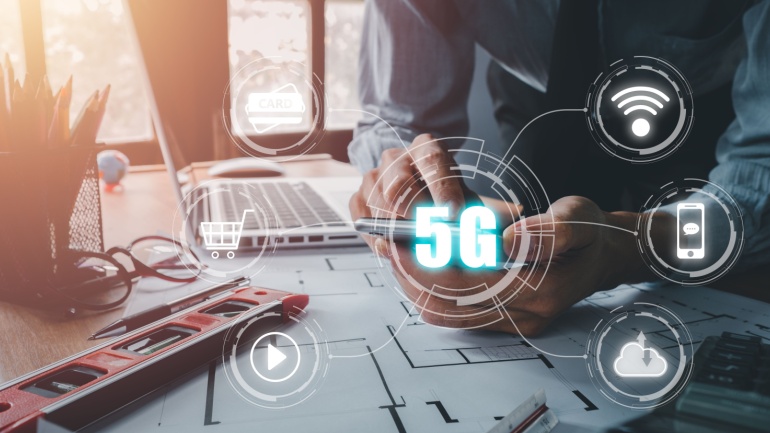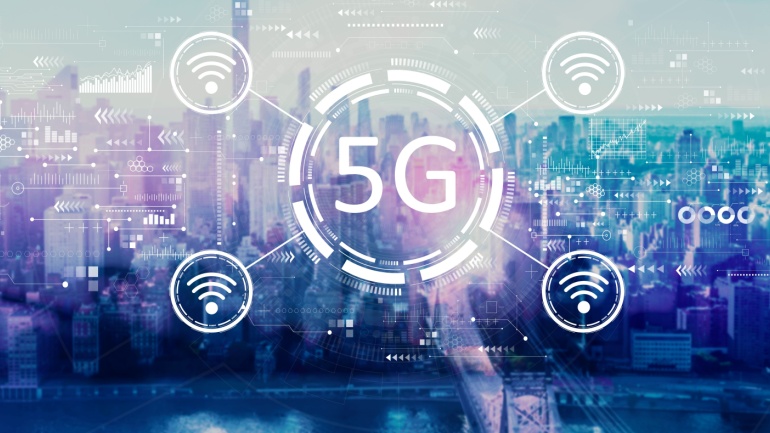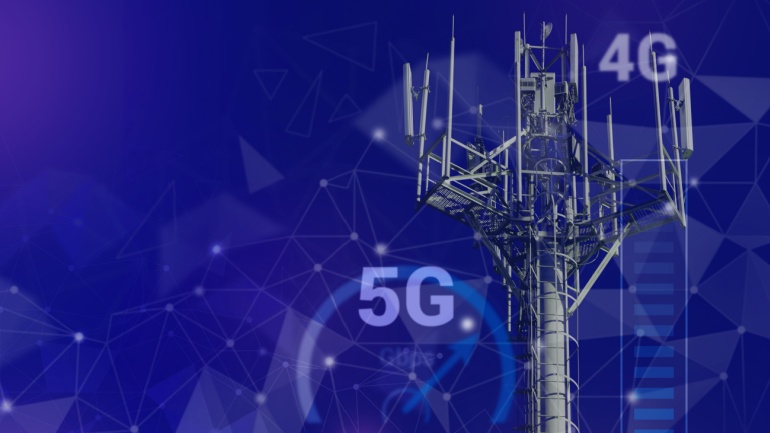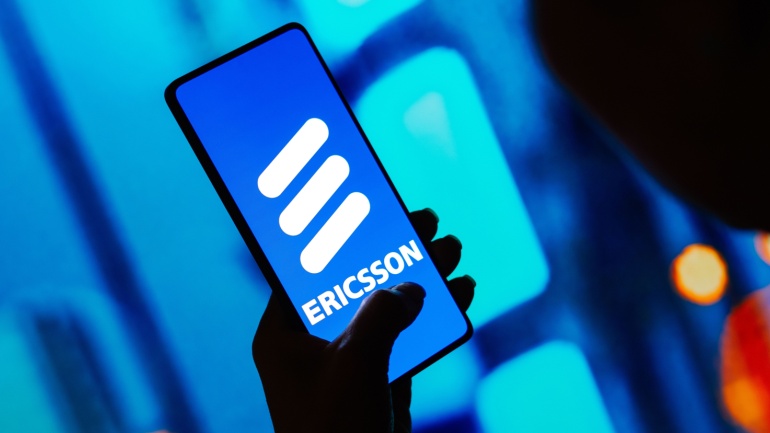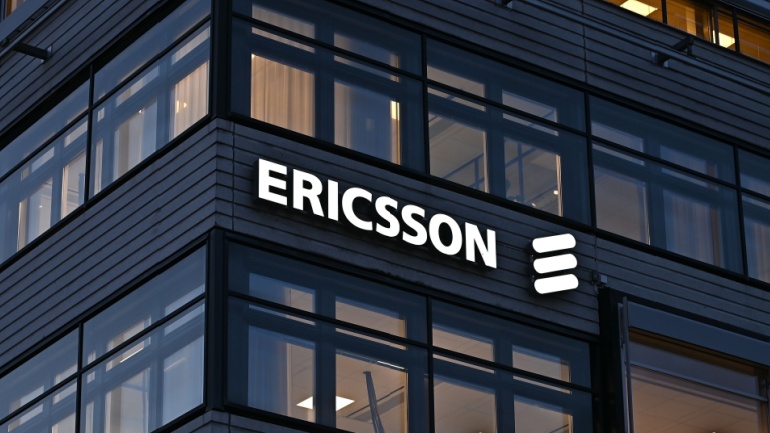Rogers Communications has partnered with Ericsson to test groundbreaking 5G Cloud RAN technology, marking its first deployment at a live event during a Toronto Blue Jays game. This advancement builds upon Rogers’ national 5G SA core network, enhancing technological capabilities, network reliability, and energy efficiency.
Ericsson unveils its ambitious strategy to accelerate Thailand’s digital transformation using cutting-edge 5G technology. At the heart of this initiative lies the 5G Innovation and Experience Studio, a collaboration with the Royal Thai Government. This state-of-the-art facility aims to develop and test innovative 5G applications, driving Thailand towards a vibrant digital economy.
Optus is revolutionizing its 5G network by implementing Ericsson’s Interference Sensing technology, a world-first in live networks. This advanced technology dynamically detects and mitigates inter-cell interference, significantly enhancing user throughput and network capacity.
Ericsson and Telefónica Germany have announced the extension of their core network partnership. This collaboration, involving Ericsson’s dual-mode 5G Core and cloud infrastructure solutions, currently supports mobile connectivity for 45 million O2 Telefónica subscribers. It spans multiple network generations including 5G Standalone (SA), 5G non-Standalone (NSA), 4G, and 2G.
Vodafone Spain is collaborating with Ericsson to promote the transformative capabilities of private 5G networks for enterprises. The initiative includes a series of conferences across Spain, showcasing the technology’s potential to revolutionize various industrial sectors.
A recent survey conducted by Ericsson sheds light on consumers’ perceptions and expectations regarding the role of artificial intelligence (AI) in their lives over the next decade. The survey, based on responses from 6,500 early adopters across 13 global cities, identifies ten key AI trends anticipated for the 2030s.
Telecom operators seeking to advance their cloud migration strategies now have a powerful ally in the form of a newly strengthened partnership between Ericsson and Dell. These industry giants are pooling their expertise to assist communication service providers (CSPs) in navigating the complexities of network cloud transformation.
Ericsson has announced an additional $50 million investment in its USA 5G Smart Factory in Lewisville, Texas, adding to an initial $100 million invested in 2020. This expansion aims to increase local production to meet the rising demand for US-made 5G infrastructure, aligning with the Build America Buy America Act (BABAA).
Ericsson, a global leader in telecommunications technology, unveiled a strategic move on Monday, as it announced the signing of a memorandum of understanding (MoU) with Umniah, a prominent telecom operator in Jordan. The collaboration aims to bolster Umniah’s 3G and 4G network infrastructure in major cities throughout the country.
In spite of a 14% drop in sales, Ericsson has reported an impressive expansion in gross margin to 42.7%, largely credited to the resilience of its product portfolio and strict cost reduction measures. Maintaining its market leadership amid economic uncertainties, Ericsson anticipates further shrinkage in the RAN market for the rest of the year.



